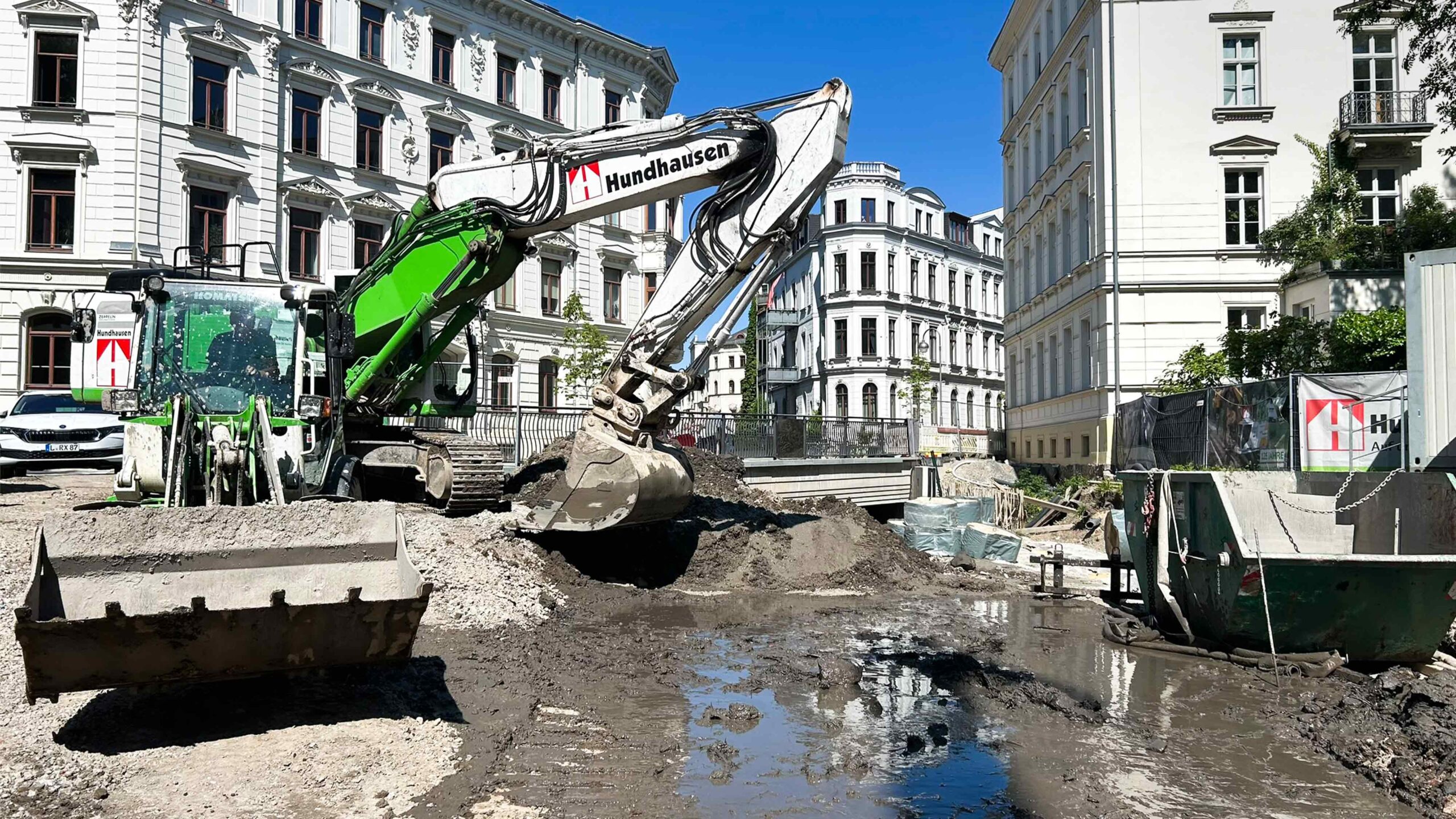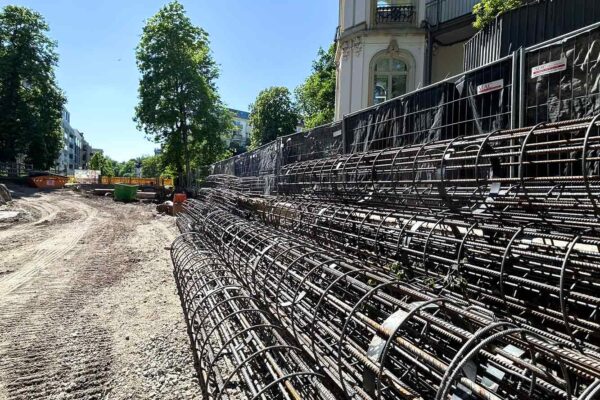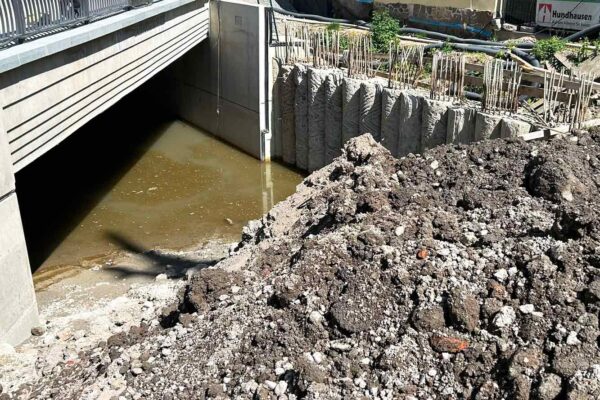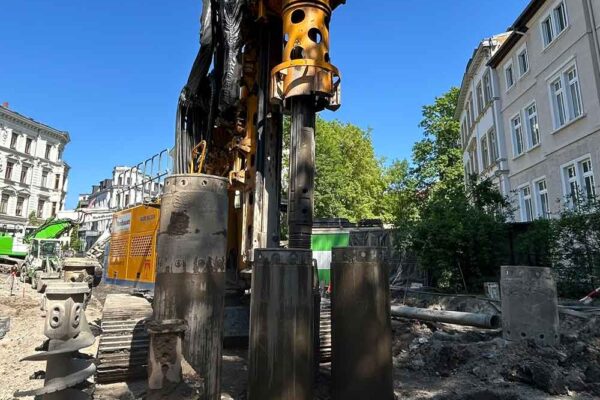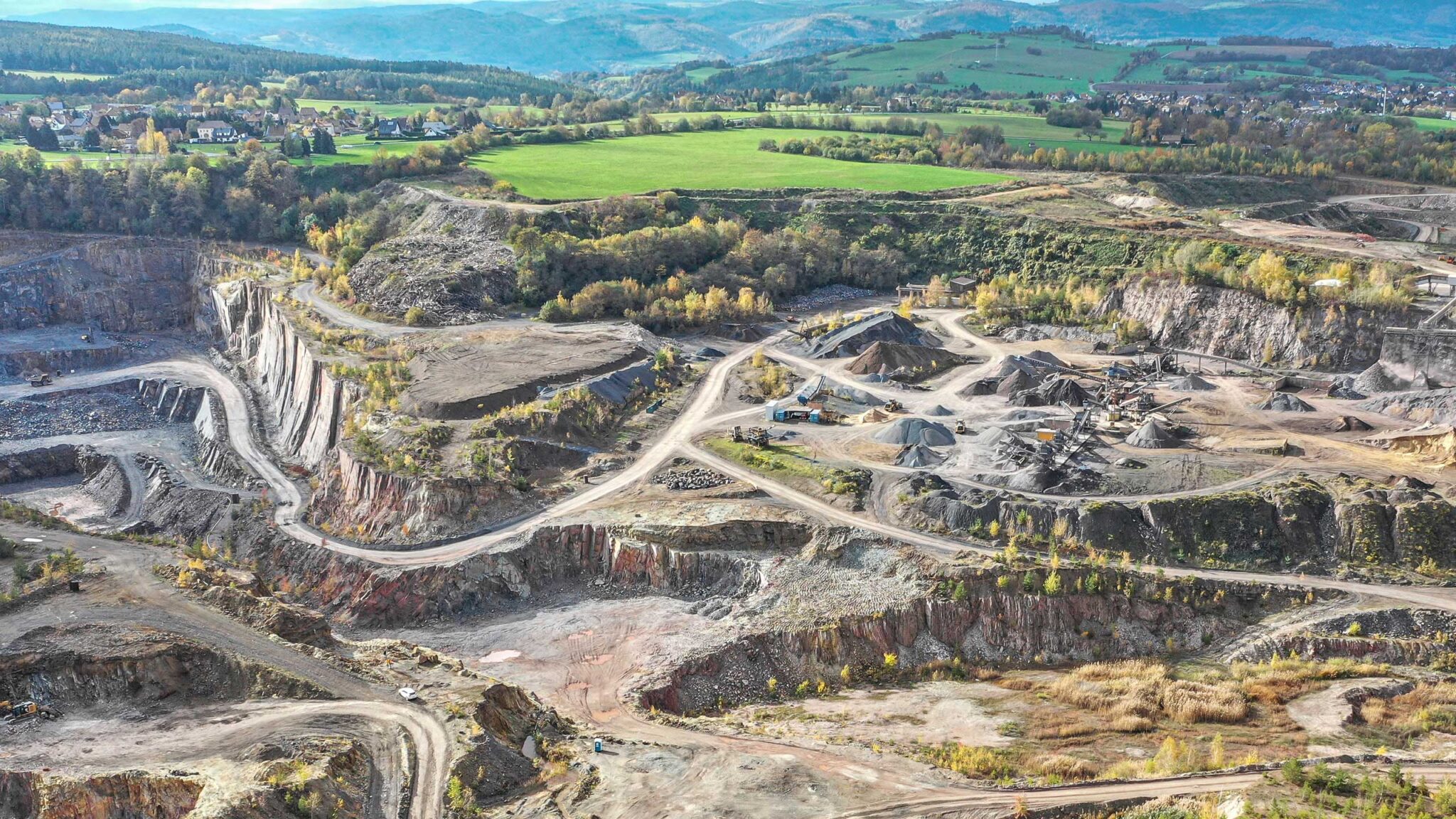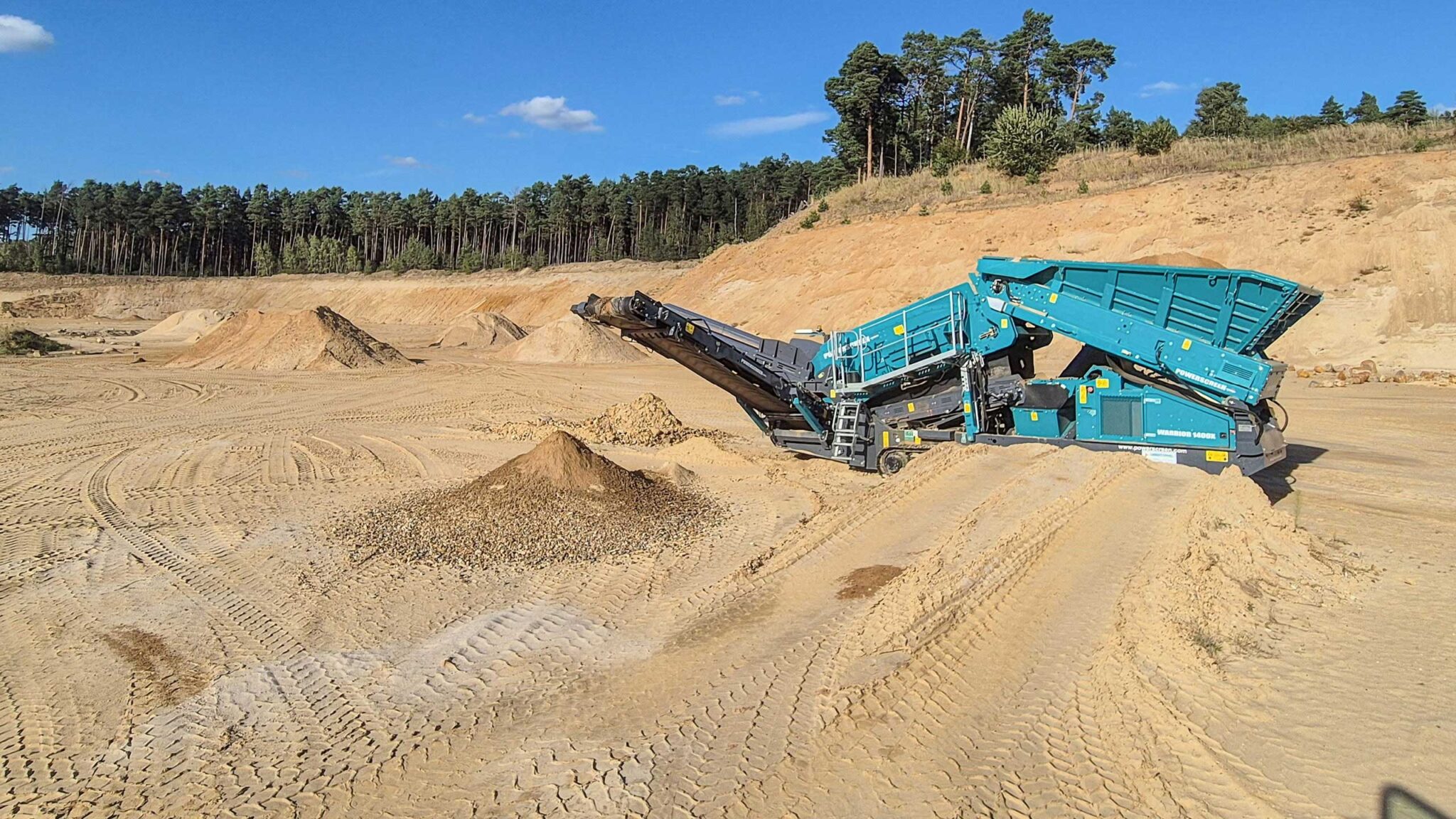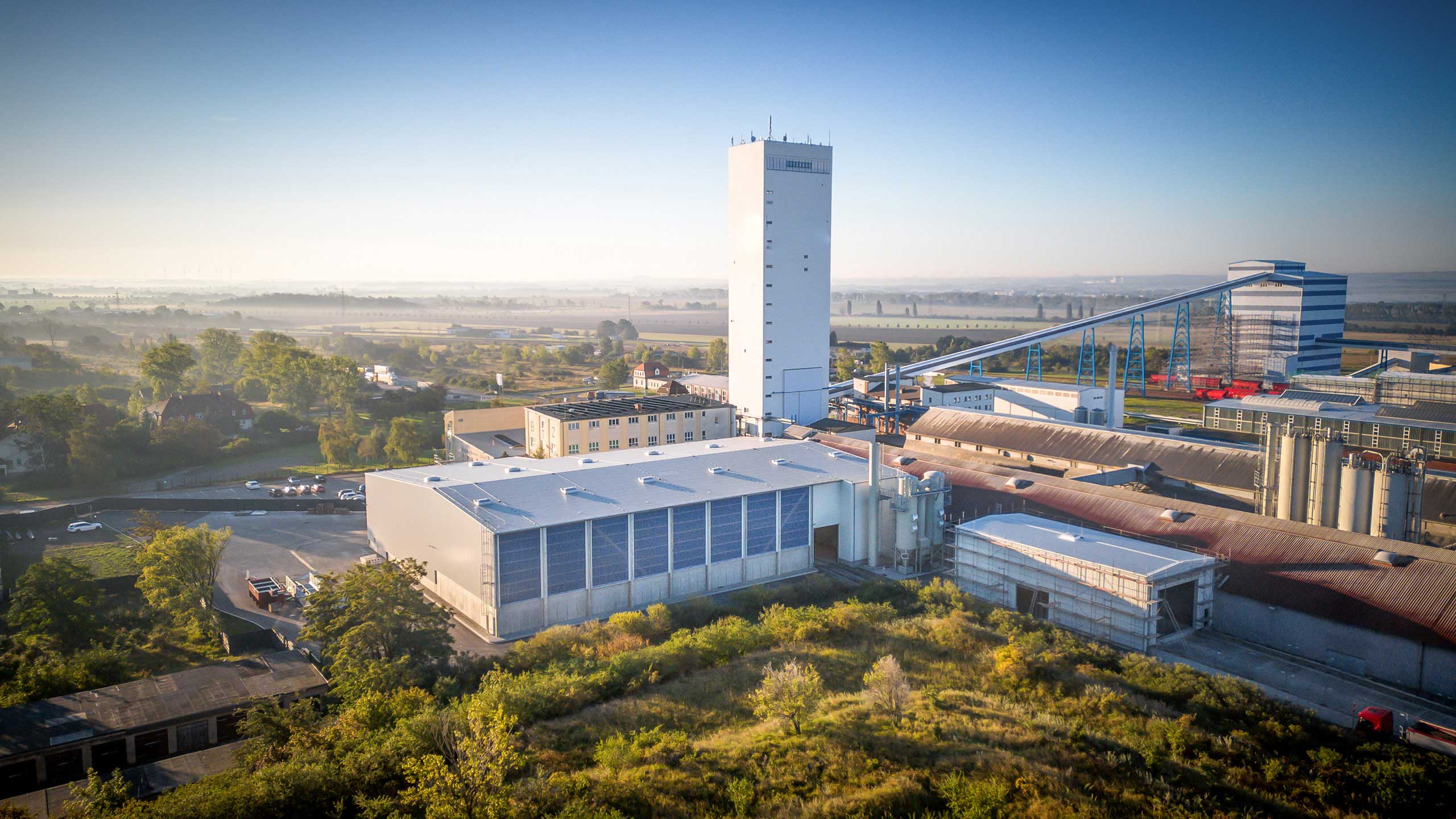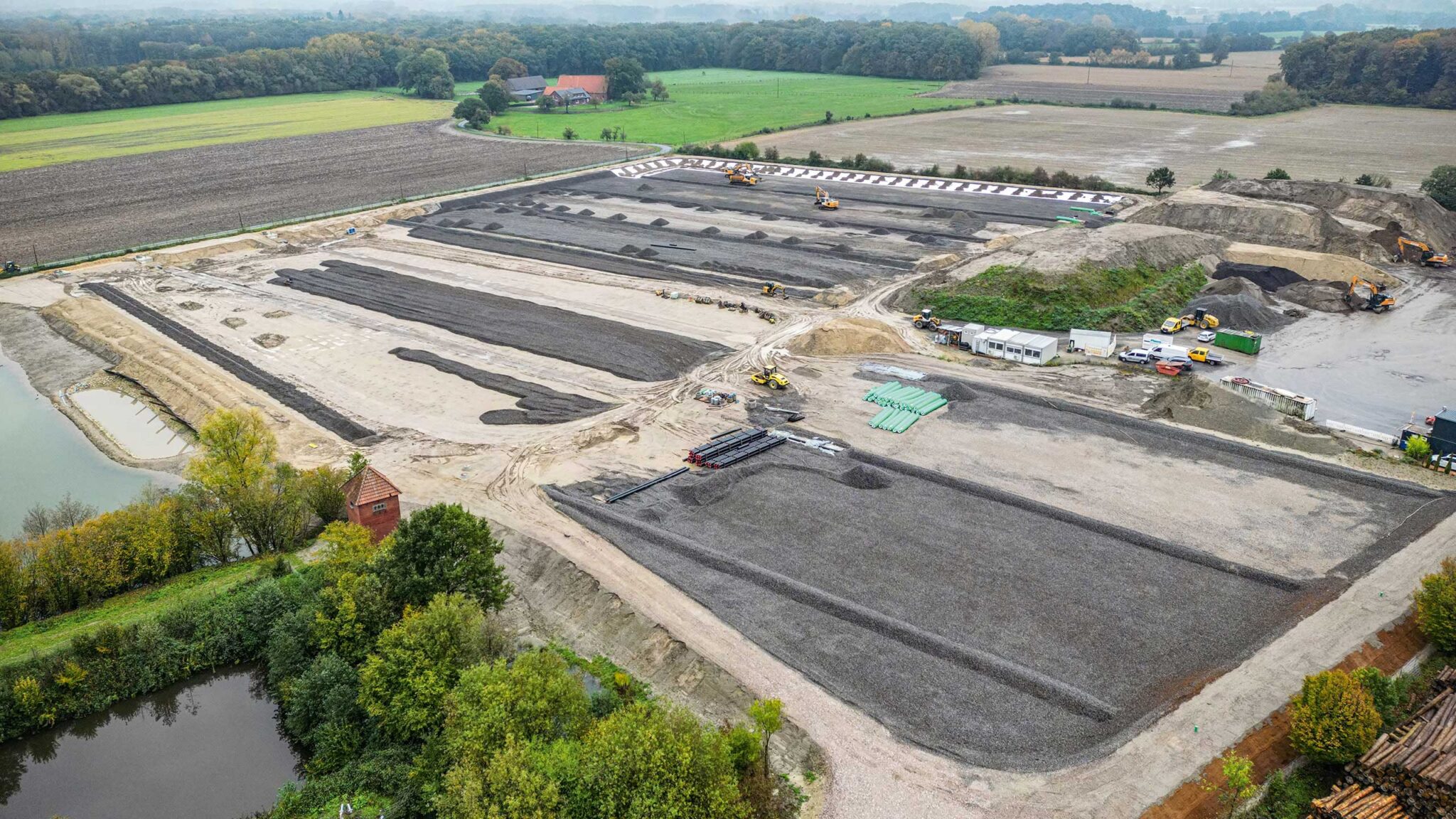Around 70 % of the German population lives in large cities and their surrounding areas. Metropolitan regions are therefore a particular focus when it comes to tackling the consequences of climate change. Protection against flooding and heat in particular are becoming increasingly urgent issues on the agenda of local authorities. In 2024, the German Weather Service recorded 12.5 hot days in Germany. This confirms the upward trend since the 1950s, when the average number of hot days was three. However, climate models from the German Weather Service show more than just a trend towards higher temperatures. With some significant annual fluctuations, precipitation has also increased by 8 % compared to the period from 1962 to 1990. In addition, there is growing evidence that heavy rainfall events are on the rise.
Action plans and structural measures
Heavy rainfall and flooding can endanger human lives, while heat waves place great strain on the human body and thus on health. Urban planning that takes these issues into account in a responsible manner focuses on aspects such as unsealing surfaces, creating more green spaces in the city, retention areas and the renaturation of streams and rivers. Supplementary action plans include the temporary opening of air-conditioned buildings or public drinking fountains. The solutions are individual, and economic and urban planning conditions are important factors in the choice of protective measures.
Reviving a centuries-old waterway
Some cities have found particularly interesting and identity-building approaches in their historical substance. One example is the revitalisation of the Elstermühlgraben in Leipzig. The canal, which stretches over a total length of 4 km across the city of Leipzig, was originally built in the 12th century to regulate the regular spring floods and to operate mills.
The discharge of wastewater led to such severe pollution that the artificial side arm of the Elster was encased and built over around 1960. In the course of the restoration of the water structures since the 1990s, the water quality improved again, so that at the turn of the millennium it was decided to make the watercourse accessible again.
REMEX responsible for material disposal
Over the past two decades, most of the Elstermühlgraben has already been reopened and renaturalised in several sections. The final construction phase has been underway since this year, closing the gap between Elsterstraße and Lessingstraße in the city centre. At the same time, the city harbour is being built. Some of the work is being carried out at a depth of 14 metres.
The water engineering work for the 120-metre-long and 7.5-metre-wide section of the trench is being carried out by Hundhausen-Bau GmbH, Erzgebirge branch. It has commissioned REMEX to dispose of all the excavated material. The materials transported by our Leipzig team are stabilised in situ with lime and gravel to make them transportable. To date, REMEX has removed a total of over 14,000 tonnes of soil and almost 1,000 tonnes of concrete classified as DK-I and Z-2 material. Considering the limited space available in the middle of a residential area with an adjacent school, this is an impressive logistical achievement.
A vision becomes reality
There was a long struggle in the community to secure funding for the final phase of the canal excavation. Since the end of 2024, it has been clear that it can be completed. Our contribution will be finished in December. According to the Leipzig Office for Urban Greenery and Waterways, the Elstermühlgraben is expected to be fully exposed in the summer of 2026 with the final construction phase. It will then be considered an inner-city waterway and can be used for water tourism. This is sure to be a highlight that will delight residents and visitors to the city alike.
The uncovering of the Elstermühlgraben canal in Leipzig is a prime example of forward-looking urban development: a historic waterway is being revitalised to combat climate risks such as heat and flooding while also enhancing the quality of urban space.
